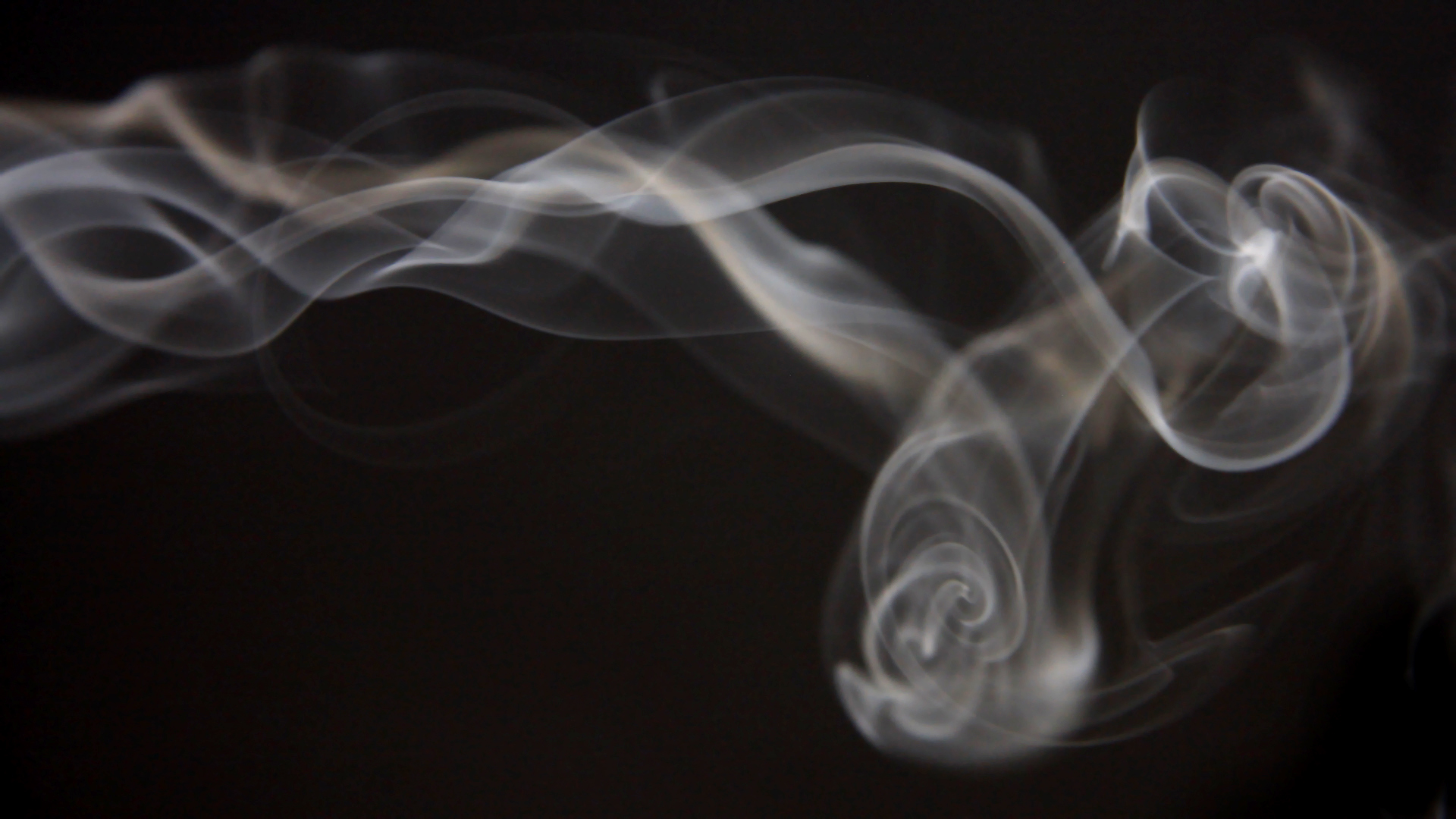Nippon Kodo – Thoughts on some samples from the lines: Morning Star, Scentsual, Itten, Koh Do
At the beginning of the year, I swapped samples with someone and got a bunch from the Nippon Kodo brand. I knew them only by the name at that point.
On r/Incense, opinions are divided. It’s a traditional brand whose history can be traced back more than 400 years. However, their entry-level lines (especially Morning Star) are often criticized for their use of synthetic fragrances. However, many are also of the opinion that their price-performance ratio is good and recommend Nippon Kodo as an entry-level brand for Japanese incense sticks – which for many it actually was and is.
I wanted to form my own opinion.
Morning Star
I don’t know exactly how many fragrances Morning Star has currently, as the line isn’t listed on Nippon Kodo‘s homepage, but there are probably around 20.
I chose Amber, Sandalwood and Green Tea to try – the latter is entirely new to me as an incense smell, while the first two are quite familiar to me as classic scents.
Many may be familiar with the almost iconic packaging: a small, oblong cardboard box, a one-colour background, usually quite bright, with a “golden” oval containing Japanese characters and underneath a bonsai in a pot that looks like a lino print.
Such a box contains 50 sticks of 11cm length, the burning time of which are stated to be 20–25 minutes. I didn’t find a gram specification, but based on the price per kilogram mentioned by Sonnlicht.de it should be around 18g. Depending on the shop, you pay €4-6 for it. In the best-case, that’s 8ct per stick or 22ct per gram.
Amber
Unlit, Amber smells “clean” and sweet, very generically like incense. The clean note makes me think of hand cream or body lotion, and I have sometimes continued to smell that note after lighting a stick. They are sweet, but not comparable to the sweetness of many Indian amber incense sticks.
Especially the last time I burned them, they reminded me vaguely of pipe tobacco, like the sweet note that sometimes remains in its packaging or when the smoke is very diluted.
I find the smell very unobtrusive, but also absolutely generic and meaningless. It can burn unnoticed in the background without attracting attention.
Rating: 2.5
Sandalwood
Sandalwood also smells very generic, just like incense, but is less sweet than Amber.
For me, the smell doesn’t have much in common with sandalwood. The first time, I smelled a bit of a pissy note, which I’ve noticed a few times with other sandalwood incense sticks. In this case, it disappeared again after a while. Unfortunately, what remained was an unpleasant smell of smoke, as if smoke was coming in from a neighbouring chimney.
Last time, the smell reminded me of burning leaves and I smelled an acidic note that I couldn’t place.
Because the smell is barely recognizable as sandalwood for me and because of the unpleasant after-smell, these only get a rating of 1.9.
Green Tea
Green Tea actually smells green tea-like. The scent is minerally green and becomes very grassy over time. At some point, it made me think of pellet feed for horses. Today my nose interprets it as slightly malty and I smell some toasty aromas.
It’s pleasing that the actual smell of tea remains after the stick has extinguished.
I’m not a big fan of green smells, so these stay in the 2-range for me, but I think they’re well-made, and I would recommend trying them to people who are curious about these types of smells.
Rating: 2.7
I think it’s worth mentioning that heating green tea (in a special pan) actually has a long tradition in Japan to neutralize odours. You use old tea that is no longer as good for consumption.
Scentsual
Scentsual includes 6 different scent themes that are dedicated to “scents in nature” with a modern approach. There’s Fresh Green Tea, Calm Hinoki Mint, Bitter Pink Ginger, Sparkling Gold Yuzu, Sweet White Sage and Brilliant Blue Lavender. They are priced at €6-8 per box containing 30g and a small ceramic tile, similar to the one included with the Morning Star varieties.
I picked out 3 of which I could least imagine the smell of:
Calm Hinoki Mint
For me, mint and “calm” don’t go together; isn’t mint much more invigorating?
I didn’t know anything about hinoki. I now know that it’s a type of tree.
The first few times the weather was quite cool, it must have been January-February. I found the smell to be clearly herbaceous, but I couldn’t find the mint at all. My head kept trying to read patchouli into it.
I burned the last half stick on a very mild, sunny March day and suddenly the mint was there! The weather seems to be a significant factor here.
All three of them share a base note that I have also smelled in other Nippon Kodo sticks and which I find disturbing. I found it to be the weakest in Calm Hinoki Mint.
I didn’t find them good enough to want to buy them, but if I already had them, I would use them.
Rating: 2.4
Bitter Pink Ginger
I don’t know if it’s an association based on the name, but these reminded me a lot more of grapefruits than of ginger; tart and somewhat fresh. The aroma itself wasn’t unpleasant, but I found it to be very thin, and I found the unpleasant, smoky base note to be the strongest in this variety and really very annoying.
Maybe I should have saved one of the sticks for a warmer day. I will never know whether my judgment would have been better then.
Rating: 1.9
Sparkling Gold Yuzu
Unaware of what to expect, my first impression was “somehow floral”, sparkling, fresh, cheerful and energetic, but I couldn’t really make sense of it.
I then googled what yuzu was and was surprised to find that it is a citrus fruit.
On the second burn, the picture became clearer. Now I could draw a parallel to the “Green Tangerine” essential oil from my mother’s collection. It smells relatively untypical for a citrus oil, which is probably why I like it. It has a gentle, almost smooth note that I can also find in these incense sticks.
It’s a warm, floral-fruity smell, with just a hint of citrusy freshness, which I find cheerful and invigorating.
Unfortunately, these also have (or rather: had) the unpleasant base note.
I saved half a stick of Golden Yuzu after I had the aha!-moment with Hinoki Mint. Yesterday, on a warm October day, I decided to use it up and lo and behold: I no longer notice the base smell.
Now I’m seriously considering buying it. What’s holding me back is the fact that the scent is so out of character compared to what I normally use that it almost seems a bit out of place, and I don’t know if I would actually use it.
Rating: 3.2
Koh Do

Koh Do – Sandalwood is probably the reason I “unlearned” the Nippon Kodo base note. I don’t own these myself (nor the subsequent Itten), but bought them as gifts for my mother after she once casually mentioned that she used to use “incense sticks like that” in the past (must have been the 70s) and really liked them.
I bought them from Sonnlicht.de, one of my favourite shops where I usually buy raw ingredients.
They cost €3.20 for 20 pieces/8g – that’s 16ct per stick and 40ct per gram. One stick measures approx. 14cm. Relative to the contents, the pack is quite large, and the sticks are not kept together in a roll or something similar, which in my case resulted in them arriving partially broken (even though they are relatively thick – 2mm). This is of course very annoying, especially if you want to give them as a gift. However, Ms. Luger was friendly and accommodating (as always) and offered me a partial refund.
At first, I liked these sandalwood sticks less than Itten because they had that annoying base note that I couldn’t get past.
They were still used quite regularly, mostly after eating together – and after a few weeks we both realized that we no longer noticed this unpleasant note.
It is quite normal and to be expected that you have to adjust a bit when using Japanese incense sticks, especially if (like me) you mainly use Indian incense sticks.
In comparison, the compositions are generally more subtle, delicate and weaker, or “quieter”, which means that they can smell mainly of smoke to an untrained nose.
There is a real learning curve, especially with the higher quality Japanese lines.
Koh Do is one of the entry-level lines. I didn’t expect to just automatically block out this smell at some point.
On the one hand, it’s good because I can enjoy these sticks a lot more now, but on the other hand, it’s a strange feeling, as if I’m missing something; A blind spot in my nose. I don’t know what to think of this.
Back to the actual topic: Koh Do – Sandalwood definitely smells like sandalwood, even if it is not a pure sandalwood scent. Now that the base note is hidden, I like it. The character is rather soft, perhaps a little milky, which is what I appreciate about sandalwood. They are sweeter than Itten and less dry. They are way better than the Sandalwood out of the Morning Star line. If you look at the price broken down into grams and pieces, they cost twice as much.
However, I think that before I buy these again, I would rather explore the stuff from further up the shelf.
Itten

Itten – Sandalwood (long) – Why they have the addition “long” is not entirely clear to me, I haven’t come across a short version. Maybe because you can’t often judge the format well in the pictures? Besides Itten – Sandalwood, there is only Agarwood.
The price is €5.90. There are 30 sticks in a roll, which are 22cm long and approx. 1.6mm thick. This results in a price per stick of 20ct and 30ct per gram. This makes them effectively cheaper than the “inferior” Koh Do line.
I found Itten very smoky at the beginning (and so did my mother). They are very dry and woody, which can make it a little harder to smell the sweet, subtle sandalwood note, but it’s in there, and it becomes more noticeable as you progress.
At the beginning, I suspected that cedar wood or something similar might have been added. Immediately after lighting, the smoke is very scratchy. This subsides after a while and develops into a warm, woody-dry profile that radiates a lot of calm. A fine, light, sweet sandalwood tone floats on top.
They appear very natural to me and I like them, but often the smell of wood smoke is just too much for me. I have the impression that cool weather increases the perception of this note to some extent, although I have had the opposite observation with Indian sandalwood sticks.
I would recommend this sandalwood interpretation for people who tend to find smells too sweet and prefer dry smells. If you find the smell of campfire pleasant, nothing about Itten will bother you.
Overall, I think the Koh Do version is more accessible and, to a certain extent, more audience-friendly.
I would place both in the upper 2 to lower 3-range, but I can’t be more precise yet. Which one I like better depends too much on external circumstances and my mood. Yesterday I would have preferred Itten, today it is definitely Koh Do.

